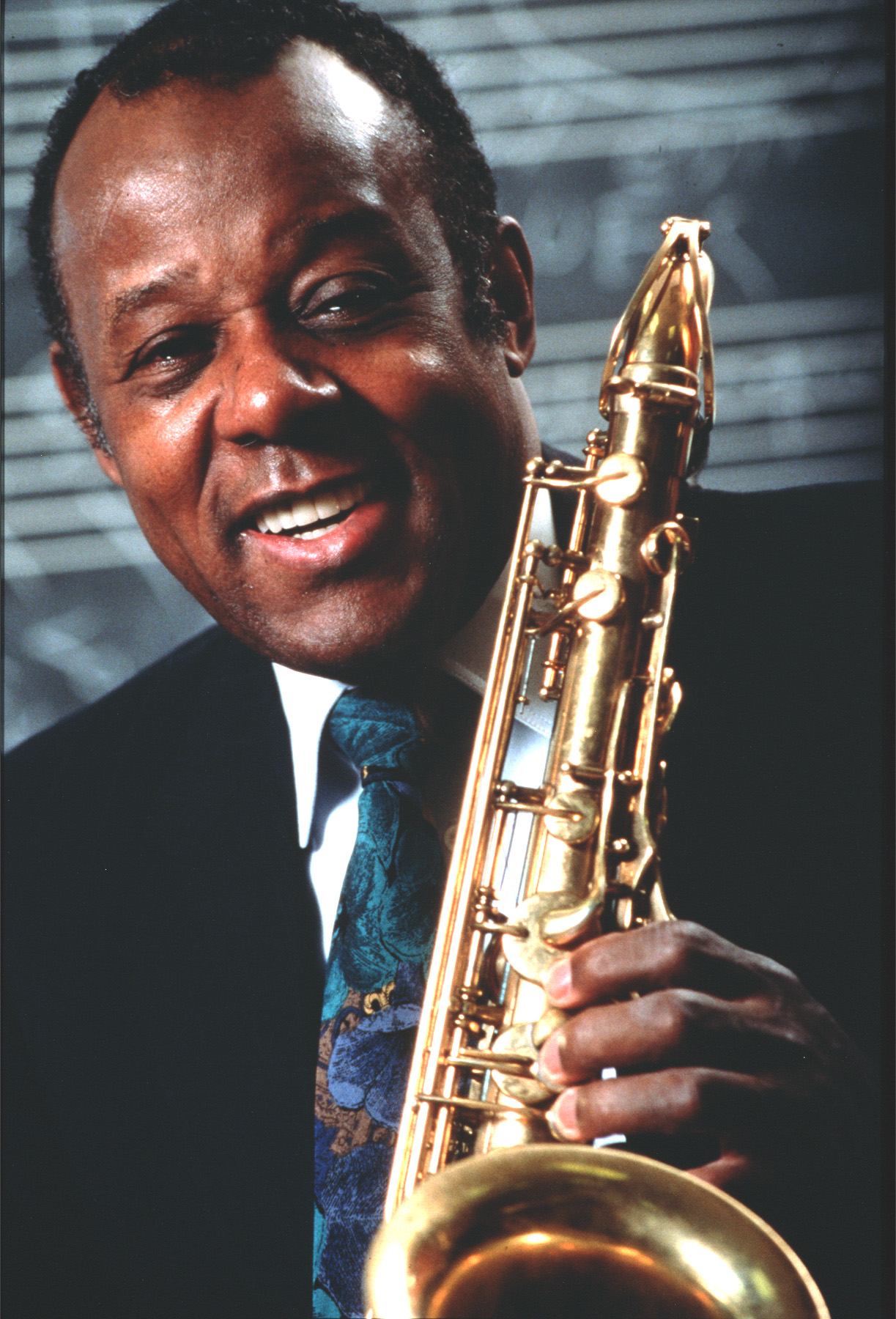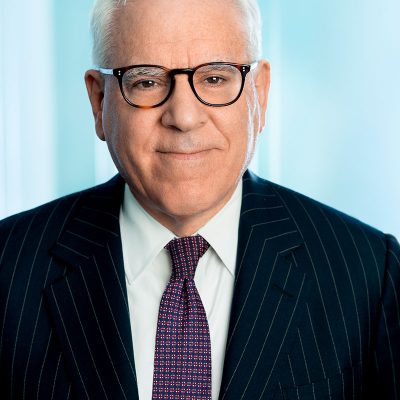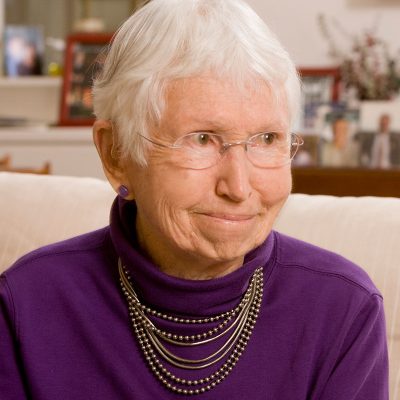Paul Jeffrey was known as “Monk’s last horn man.”
That would be Thelonious Sphere Monk who, along with Charlie Parker, Dizzy Gillespie and Kenny Clark, was one of the architects of jazz’s bebop style.
The music world paused in 2015, when tenor saxophonist and composer Jeffrey died at the age of 81.
Jeffrey served as director of Duke’s jazz studies program and professor of the practice of music from 1983 until 2003, when he retired.
Jeffrey had performed with jazz icons Charles Mingus, Dizzy Gillespie, Clark Terry, Lionel Hampton and blues legend B.B. King. He also toured with the Count Basie Orchestra before becoming a regular member of Thelonious Monk’s group from 1970 to 1975.
“Here’s what I know about Monk,” Jeffrey said in 2007 about the prolific pianist, who grew up in Rocky Mount, North Carolina. “‘You know,’ he said. ‘I’m a Tar Heel.’ I think he was proud of being from North Carolina.”
Before moving to Durham, Jeffrey was a native New Yorker. He attended Ithaca College, where he studied music education, and returned to New York City after graduation where he began a lifelong friendship with the celebrated tenor saxophonist Sonny Rollins.
As an educator, he taught a new generation of jazz stalwarts, including Terrence Blanchard, Jeb Patton and Todd Bashore. His impact as an educator beyond Duke was impressive. He served as artistic director of the Aspen Jazz Festival and conducted jazz clinics at the Riviera Jazz Festival in Venice and Umbria Jazz Festival in Perugia, Italy.
In 1985, former governor of North Carolina Jim Martin appointed him to the North Carolina Arts Council.
“He allowed his passion to be in the things he played,” bassist John Brown, who succeeded Jeffrey as director of jazz studies at Duke, said about Jeffrey.



